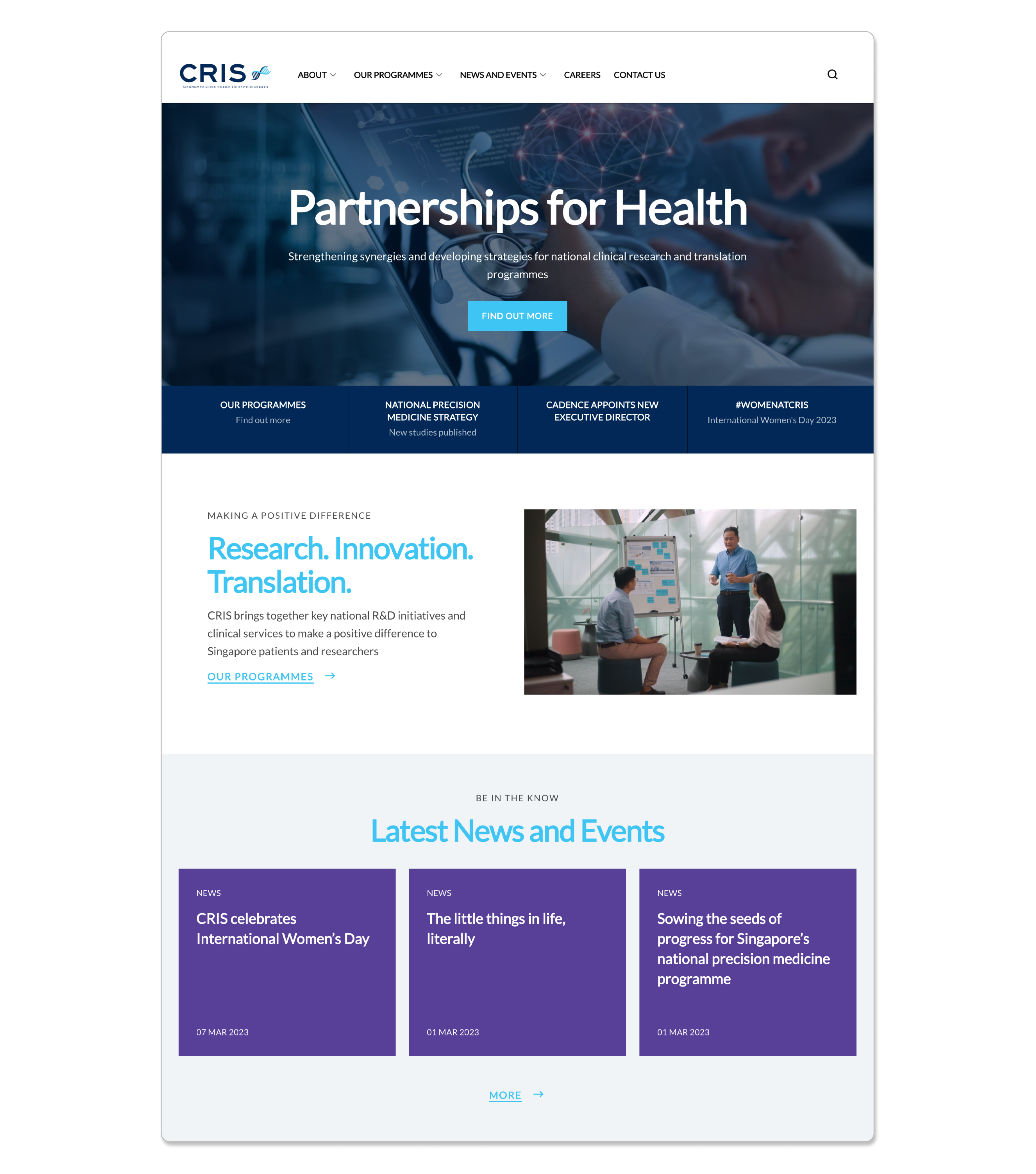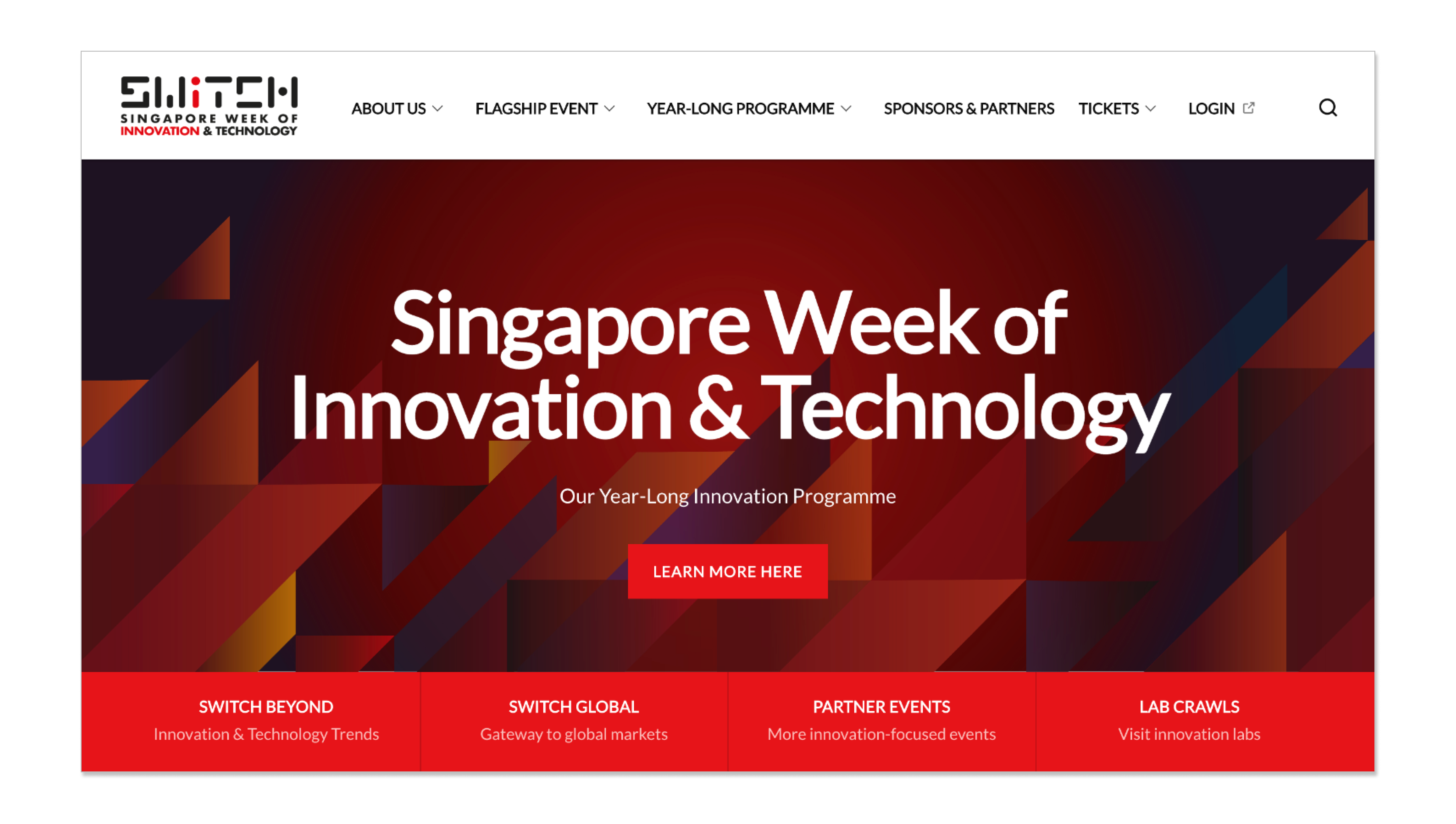Website Planning
About the module
This module looks into the factors you should consider when setting up your website. Proper content planning is key in helping you to better structure your website.
Planning content for your website
To create an effective website, it is important to first plan the type of content you need to have. This can be narrowed down to three main factors:
Who are your main users?
-
Think about the users you are targeting. Do you want your website catered to a specific group of people? Or is it more toward a general demographic? For example, school websites might cater to different groups of users, such as students, parents, or alumni.
-
Remember that different groups of users may have different needs and expectations when using your website.
Why do people visit your website?
-
Think about what your users are looking to get out of your website. Is your website supposed to educate users about a particular topic? Is it used to convey information surrounding an event? Or is it a platform for updates about your organisation?
-
Identify the core needs of your users to keep your website’s content concise and relevant. Think about your website’s purpose so that you can structure your content accordingly.
What do you want visitors to focus on?
- Once you have identified your website’s objective, think about how you can translate that into content. A key consideration is balancing the amount of content on your website and the necessity of the content. Having too much information can make it difficult for users to find what they need.
Examples of well-planned websites
Take a look at the CRIS Singapore’s website as an example. We can easily break down their website using the same framework:
- Main Audience - People that might be interested in their programmes, what they do or in joining the industry.
- Objective - To inform their audiences about their services and provide related industry updates.
- Focus - Different programmes categories are featured at the top, with other relevant industry updates, information and activities listed across the website.

Another good example is the Singapore Week of Innovation & Technology (SWITCH)’s website.
-
Main audience - People who might be interested in their innovation programme or related events.
-
Objective - To inform their audiences about what SWITCH does, and the various resources that it offers.
-
Focus - A call-to-action button is featured prominently at the top to get audiences to learn more about their programme. Information on other useful resources, such as partner events or innovation lab can be found in the highlights section below it.


